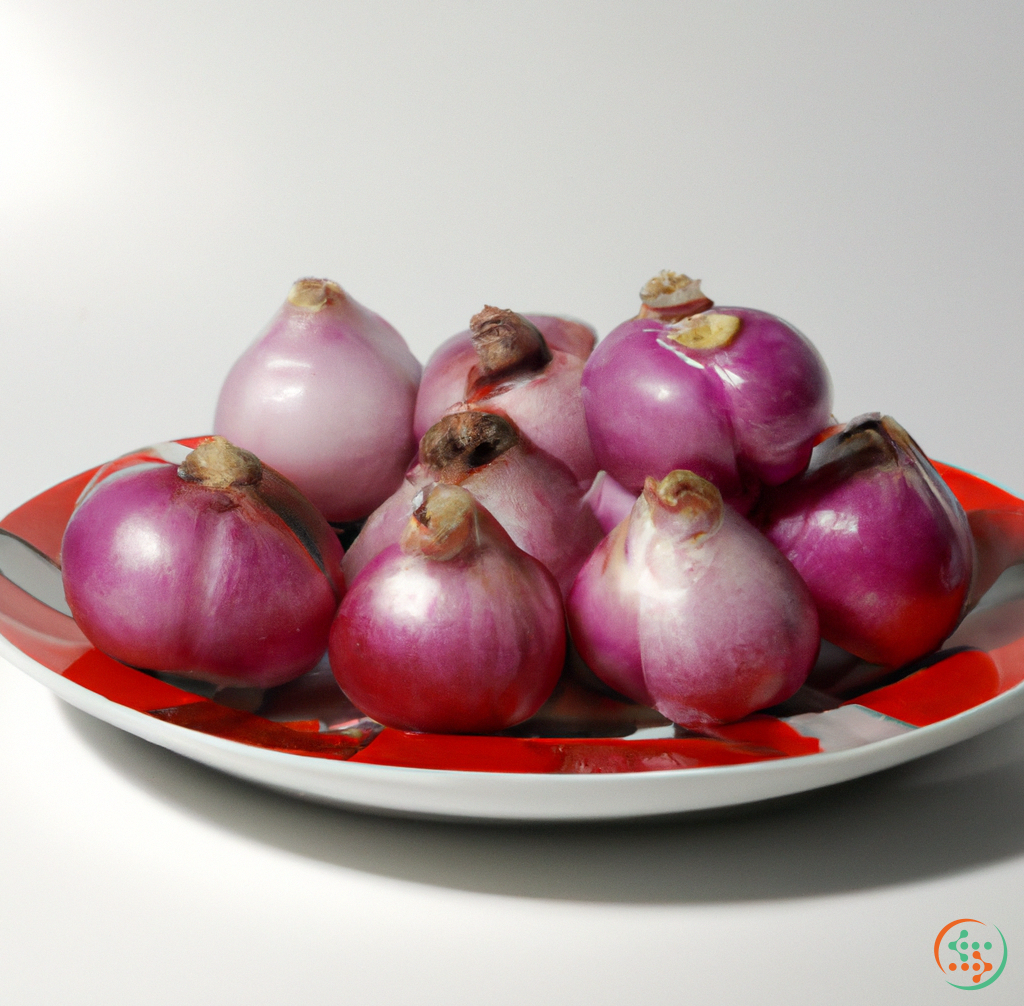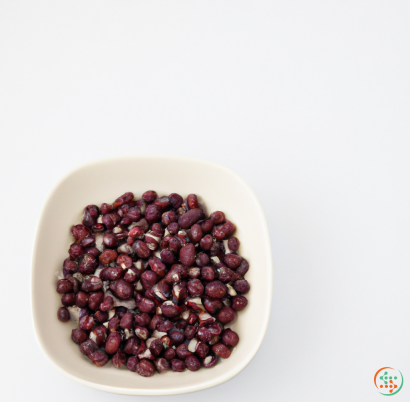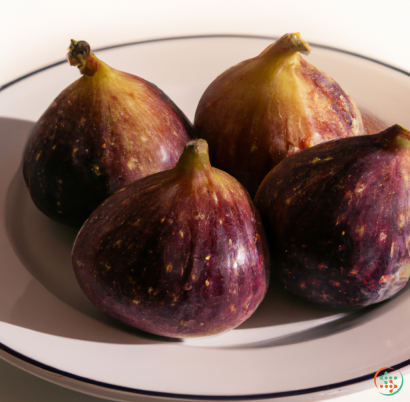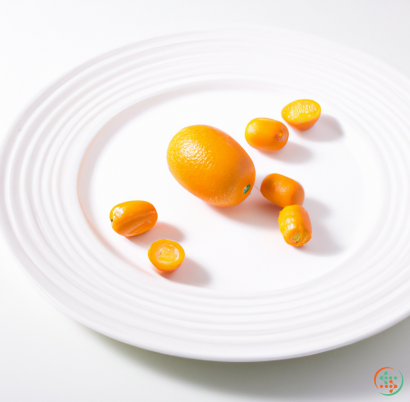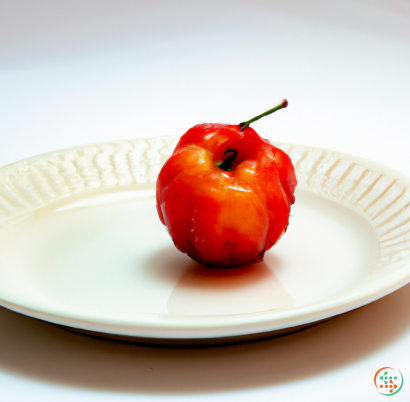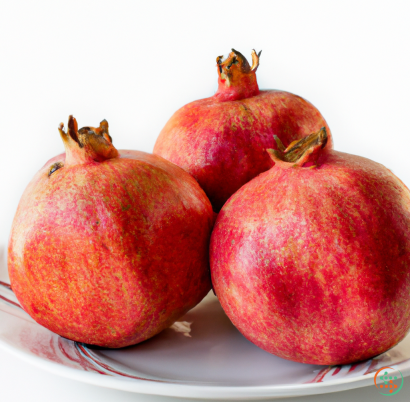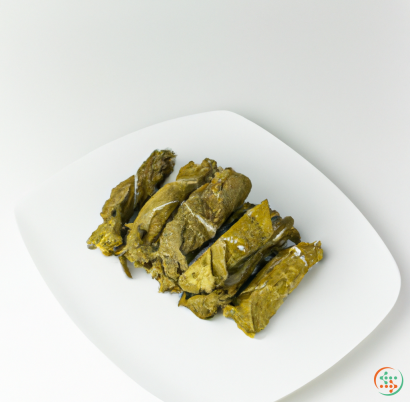Shallots
Shallots are a type of onion that have been enjoyed by cooks throughout history. Although they look like a cross between cloves of garlic and small onions, they are actually a distinct cultivar of the Allium fistulosum species of onion typically found in gardens and backyards all around the world. Shallots have sweet, mild flavor that makes them an excellent addition to salads and soups, as well as to cooked dishes, like stir-fries. In fact, shallots are often featured prominently in French and Asian cuisines.
Let’s take a closer look at what are shallots, some of their top nutritional benefits and culinary uses, plus a few tips to help you shop for, store, and cook with shallots.
What Are Shallots?
Shallots are a bulb-forming type of onion that can be divided into two distinct groups. The most common type is known as the multiplier shallot. These grow in dense clusters and feature multiple bulbs attached to a single base. Each bulb can be harvested individually, or the entire cluster can be harvested at once. However, the second type of shallot—the single shallot—looks more like tiny onions and grows singly, typically with no more than three to four bulbs clustered together.
Shallots are usually a little larger than cloves of garlic, but smaller than regular onions, so each individual bulb typically ranges from the size of a golf ball, up to the size of table-tennis ball. They also have a copper-brown to pinkish outer layer, with a layer of papery skin beneath that. Once the outer skin is removed, a white or yellowish flesh is exposed.
Nutrition Facts
Like other types of onions, shallots are low in calories but pack an impressive nutrient profile. They contain high amounts of vitamin C, manganese, and vitamin B6, plus potassium, dietary fiber, and other minerals.
Per 100 grams, a serving of shallots contains:
• Calories: 32
• Carbohydrate: 7.2 g
• Sugar: 4.2 g
• Fiber: 1.8 g
• Protein: 0.9 g
• Fat: 0.1 g
• Vitamin C: 13.7 mg
• Vitamin B6: 0.3 mg
• Manganese: 0.3 mg
• Potassium: 240 mg
• Calcium: 14 mg
• Iron: 0.7 mg
Culinary Uses for Shallots
Shallots can be used in a variety of different dishes. They are usually used raw in salads or as a garnish, but their mild sweetness and pleasing texture makes them an excellent choice for cooked dishes as well. They’re delicious when caramelized or sautéed and can be stirred into soups, stews, and stir-fries for extra flavor. Shallots also make an excellent addition to pasta dishes, sauces, and vinaigrettes as well.
Shopping and Storing Tips
When shopping for shallots, look for bulbs that are firm, dry, and without any signs of sprouting. As they tend to be quite fragile and susceptible to bruising, be careful when handling them.
Ideally, store shallots in a cool, dry location, such as the refrigerator drawers. If stored dry and away from direct light, shallots will typically keep for up to two weeks. However, if you spot any signs of mold or mold odor, discard them immediately.
Preparing and Cooking Shallots
Shallots can be cooked, either peeled or unpeeled, depending on your recipe.
When peeling them, cut off the ends and then slit the skin down the middle. You can then carefully pull the skin away from the flesh. Discard any damaged or sprouted shallots.
To prepare shallots for cooking, halve the shallots vertically and then use a sharp knife to cut them into thin slices. Be sure to use a protective cutting board as shallots tend to release a strong odor and color when cut.
When cooking shallots, take care not to burn them. They have a tendency to burn easily and quickly, so watch your cooking time carefully.
Conclusion
Shallots are an incredibly versatile and flavorful type of onion that make an excellent addition to a wide variety of dishes, both cooked and uncooked. In addition to possessing a subtle, sweet flavor, they are also packed with vitamins and minerals, making them a nutritious addition to any diet. When selecting, storing, and cooking with shallots, be sure to follow the tips outlined above to get the most out of this special ingredient.
Shallots: From Creation to the Dinner Plate
In the culinary world, there is nothing quite as versatile as the humble shallot. With its pungent flavor and mild sweetness, shallots provide a unique flavor to any dish. And while they started off as small, wild onions in Ancient Egypt, they’ve come a long way to become a favorite ingredient in kitchens around the world. In this blog post, we’ll look at how shallots are created and how they are transported to the dinner plate.
The Creation of Shallots
Shallots (Allium cepa) are a species of the onion family and are closely related to garlic and chives. Though there are a variety of species of shallots, the most common variety is the French Grey. As their name would suggest, shallots are native to the Mediterranean region and came to be by either natural selection or hybridization from wild onions (alliums) over thousands of years.
The creation of a shallot starts with a seed. This seed is planted in a rich and well-drained soil. Shallow planting is necessary to ensure a healthy crop, as shallots have very shallow root systems. The right temperature also plays an important role in the success of the crop. Shallots prefer temperatures between 18–20 degrees Celsius and are typically grown in the spring season.
Once planted, the young plants will start to appear within seven days. For optimal growth, plenty of water and frequent weeding is necessary. In some cases, shallots will be grown from transplants rather than from seed. Transplanted shallots can be planted in the early spring, but only when the soil is warm enough. There should also be sufficient water and drainage for successful growth.
As the shallots grow, it’s important to thin them out or you’ll end up with a much smaller crop of shallots. Thinning is done by plucking out any weak or sickly plants. Over time, the shallots will grow in size and by mid-summer, they will begin to form bulblets. This is when they become a shallot bulb.
To harvest, wait until the foliage turns brown and cut the foliage at the base and lift the bulb. The harvested bulb should be stored in a dry place such as a shed or garage away from direct sunlight. The bulbs can then be stored until ready to use.
Transport of Shallots from Farm to Plate
Once the shallots are grown and harvested, they must be transported to the market or the consumer’s home. In developed countries, shallots are usually transported by truck. Depending on where the shallots are grown, the truck may travel hundreds or even thousands of kilometers to get the shallots to their destination.
The transport of shallots is also dependent on the season. During the summer months, when the harvest is plentiful, shippers will often use refrigerated trucks to keep the shallots fresh during their long journeys. Since shallots are delicate and can easily rot, careful packaging and handling is a must to ensure they make it to their destination in good condition.
Once they reach the market, shallots are usually inspected and sorted according to their size, color, and quality. From the market, shallots can be sold to restaurants and retailers, who, in turn, offer them for sale to consumers. For instance, supermarkets and convenience stores are often the main source of shallots for many households.
Preparing and Eating Shallots
Shallots can be used in a wide array of dishes, from soups and sauces to stir-fries and salads. Depending on the taste desired, shallots can either be sliced, diced, or pureed. For salads, the shallots can be chopped and tossed in the mix with other ingredients. In a stir-fry, the shallots can be sautéed lightly to bring out the sweetness or cooked longer until caramelized for a deeper flavor.
If you’re looking for a unique and flavorful dish, why not try pickled shallots? Simply slice the shallots, add some vinegar, a bit of sugar, and some spices and let the mixture sit for a few hours before eating. This recipe works well with a variety of vegetables and is the perfect accompaniment to any sandwich. And who could forget the classic combination of potatoes and shallots? Simply slice some potatoes and shallots and fry them until golden brown for a delicious and simple side dish.
Conclusion
From their creation to their journey to the dinner plate, shallots are truly a versatile and delicious ingredient. With their sweet, pungent flavor, they can add a unique flavor to any dish. From salads to stir-fries, pickles to potatoes, shallots are a surefire way to elevate any meal. So next time you’re in the kitchen, don’t forget to add some shallots to your dish for a delicious experience.
| Beta-Carotene | 0.003 mg | |
| Vitamin E | 0.04 mg | |
| Vitamin K | 0.8 ug | |
| Vitamin C | 0.008 grams | |
| Vitamin B1 | 0.06 mg | |
| Vitamin B2 | 0.02 mg | |
| Vitamin B3 | 0.2 mg | |
| Vitamin B4 | 0.0113 grams | |
| Vitamin B5 | 0.29 mg | |
| Vitamin B6 | 0.35 mg | |
| Vitamin B9 | 0.034 mg |
| Calcium | 0.037 grams |
Daily Value 1.3 g
|
| Iron | 0.0012 grams |
Daily Value 0.018 g
|
| Magnesium | 0.021 grams |
Daily Value 0.4 g
|
| Phosphorus | 0.06 grams |
Daily Value 1.25 g
|
| Potassium | 0.334 grams |
Daily Value 4.7 g
|
| Sodium | 0.012 grams |
Daily Value 2.3 g
|
| Zinc | 0.4 mg |
Daily Value 0.011 g
|
| Copper | 0.09 mg |
Daily Value 0.9 mg
|
| Manganese | 0.29 mg |
Daily Value 0.0023 g
|
| Selenium | 0.0012 mg |
Daily Value 0.055 mg
|
| Tryptophan | 0.028 grams | |
| Threonine | 0.098 grams | |
| Isoleucine | 0.106 grams | |
| Leucine | 0.149 grams | |
| Lysine | 0.125 grams | |
| Methionine | 0.027 grams | |
| Phenylalanine | 0.081 grams | |
| Tyrosine | 0.072 grams | |
| Valine | 0.11 grams | |
| Arginine | 0.181 grams | |
| Histidine | 0.043 grams | |
| Alanine | 0.113 grams | |
| Aspartic Acid | 0.231 grams | |
| Glutamic Acid | 0.517 grams | |
| Glycine | 0.124 grams | |
| Proline | 0.165 grams | |
| Serine | 0.113 grams |
| Total Sugars | 0.131141 grams |
per 100g
|
| Palmitic acid (16:0) | 0.02 grams |
|
| Total Saturated fatty acids: | 0.02 g | |
| Oleic acid (18:1) | 0.01 grams |
|
| Total Monounsaturated fatty acids: | 0.01 g | |
| Linoleic acid (18:2) | 0.04 grams |
|
| Total Polyunsaturated fatty acids: | 0.04 g | |
| Phytosterols | 0.01 grams |
|
| Total Sterols: | 0.01 g | |
